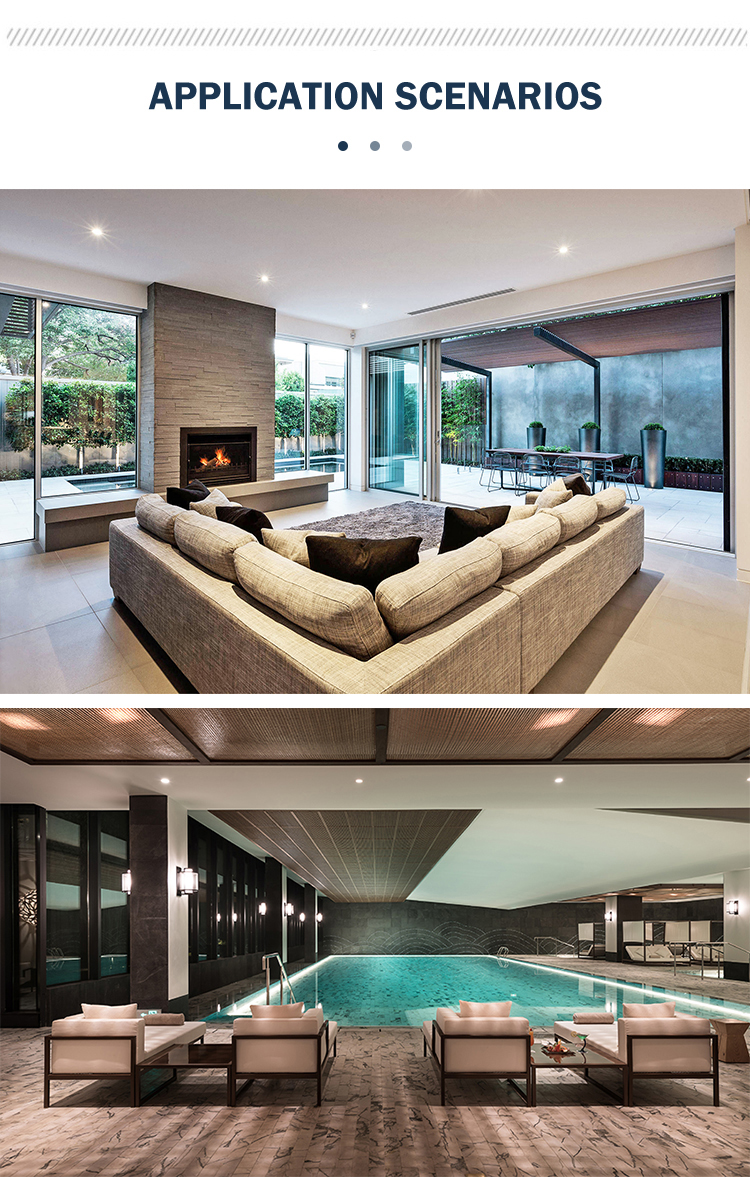They last much longer, can be dimmed and produce light in a variety of colors.
This article is part of our Design special section about making the environment a creative partner in the design of beautiful homes. Linear Light

More than any other technology, LEDs, or light-emitting diodes, have transformed the universe of illumination. Tiny yet mighty, these energy-saving wonders have replaced the once-ubiquitous incandescent bulb, the majority of which will be banned by the Energy Department as of this summer.
There is simply no contest. LEDs use 90 percent less energy and last up to 25 times longer than incandescent bulbs. And though they have been known to flicker, buzz, overheat and cast colder, bluer light than incandescents, many improvements have been made since they first appeared on the market more than 20 years ago.
LEDs are now dimmable, with their light available in a range of colors, some warmer, some cooler. They are stealthy and can assume the familiar forms of old-fashioned bulbs or disappear altogether into the fixture, manifesting themselves only as bright beams.
In the early days, when LEDs lasted a mere 25,000 hours, they couldn’t be swapped after burning out, making the entire lamp defunct. Now they have life spans of 50,000 hours and are more likely to be replaceable.
Lighting companies are also revamping the manufacturing process, using fewer materials in more efficient and sustainable ways. Here are some shining recent examples.
Almendra (Spanish for almonds), Patricia Urquiola’s pendant lighting system for Flos, has been “future proofed,” said Paolo Brambilla of the firm Calvi Brambilla, the Italian lighting company’s design curators, meaning that each of its components can be replaced or recycled. The head, with its embedded LEDs, rotates up to 60 degrees and is mounted on a linear or curved stem with many possible configurations; from $4,300 for Organic pendant version shown. lumens.com.
Graypants Studio, a Seattle design company, introduced its Scraplight fixture in 2008, with a corrugated paper shade that is 50 percent recycled cardboard. Now the light features COB (chip-on-board) diodes that are built directly into the printed circuit board, reducing energy consumption and ensuring even illumination; from $545 for Disc pendant shown (comes in three sizes and colors). graypants.com.
The 10-year-old lamp designed by Dirk Winkel, the best seller for its Swedish manufacturer, Wastberg, has recently been radically improved. The lamp’s body is now recycled aluminum rather than steel (the material doesn’t degenerate in the recycling process and less is required in production) and incorporates full-spectrum LEDs for versatile light color. This new version of the Winkel lamp, called w227, offers a choice of arms in two different lengths and several mounting options; $362. wastberg.com.
The recyclable T.O pendant light, designed by Pablo Pardo and Carmine Deganello, is fitted with a single strip of LEDs, providing an unbroken line of illumination. The strip is embedded in a tube suspended between two woven fabric belts, which are available in a range of colors. More tubes can be added to the fixture for extra brightness. Turning a knob at the base rotates the lamp a full 360-degrees; from $950. aplusrstore.com.
In the belief that less is more sustainable, the Italian lighting company Artemide has collaborated with BIG, the architectural office headed by Bjarke Ingels, on a family of lamps whose minimal weight reduces the energy used in production by 20 percent. Called Vine, the lamps consist of just two aluminum rings — one for the base and one for the head — joined with a slim aluminum stem that houses the electronics. The base is a zinc alloy. The integrated LED light source is dimmable and replaceable; about $339 for spot wall light (shown). shop.mohd.it

Ultra Thin Downlight The Belgian designer Sylvain Willenz collaborated with RBW to produce Print, a light fixture that can be installed with an Ethernet cable, reducing energy consumption by as much as 30 percent. Print has a prismatic faceted glass globe that encloses its LEDs and can be flush mounted to the ceiling, hung as a pendant or transformed into a wall sconce. It can also be used outdoors; from about $609. rbw.com